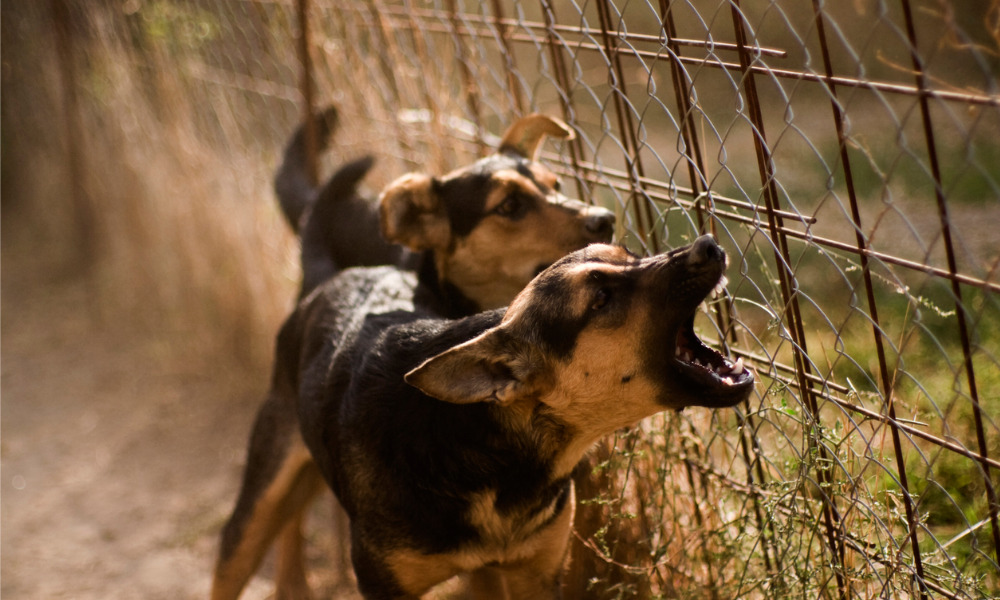Dogs, rodents, snakes – animals can pose huge threat to workers

According to the Washington-based National Association of Letter Carriers (NALC), an average of 10 letter carriers are attacked by a dog every day. Apparently, the rate of dog bites begins to rise in February and peaks in June. And a 2021 survey found that 58 per cent of Canadian households own at least one dog or cat, and the dog population in 2020 was around 7.7 million – that’s a lot of pets to run into!
Working outside in the warmer months can present unforeseen dangers for certain occupations. Obviously given the stats, mail carriers may want to be weary of dogs but other outdoor workers may be brought to come into contact with other animals. Depending on where they are, parks workers or gardeners could potentially come into contact with snakes. Other workers may come into contact with rodents.
Animals are also prevalent in a number of occupations, such as zoo or animal sanctuary workers. In January this year, a Vancouver Zoo worker’s hand was injured after a jaguar gripped the hand in its mouth during feeding time.
Read more: How Toronto Zoo is keeping visitors, workers, and animals safe amid COVID-19
With regards to farm and agriculture safety, livestock can present real dangers to those workers – we will cover this in a future article as this is a much more complex topic (especially because, as a result of climate change, zoonotic diseases may be becoming more common).
We have previously covered insect bite and sting safety as part of our summer safety series (with bugs such as mosquitoes or spiders potentially causing issues such as allergic reactions or being carriers of diseases such as Lyme disease or the West Nile virus).
Read more: 'Rust' crew member could lose arm from spider bite on set
So how can you protect workers for animal-related hazards?
1. With regards to the threat of dog bites, the NALC recommends for letter carriers to potentially carry pepper spray, issue letters or warnings to homes where dogs could pose a threat and be cautious around dogs in general (avoid eye contact, avoid running past them which could excite the dogs).
2. When it comes to rodents, bites can potentially spread diseases such as rabies or Lyme disease. Ensure that workers are avoiding contact with rats and mice as much as possible, and if you are not able to make sure that workers are provided with the correct PPE such as thick gloves.
If workers are bitten or scratched by a rodent, make sure that they seek out medical attention immediately (for example, workers exposed to rabies will need a course of vaccines).
3. Similarly to rodents, when it comes to snakes, ensure workers have access to the correct PPE (i.e. thick gloves, proper protective clothing which covers arms and legs, proper boots). Encourage workers to be cautious in any area where there is a risk of encountering a snake. If a worker is bitten, ensure that they or someone else notes the colour and size of the snake to be able to correctly identify it, and make sure that the workers gets immediate medical attention (they may need an antivenom injection).





